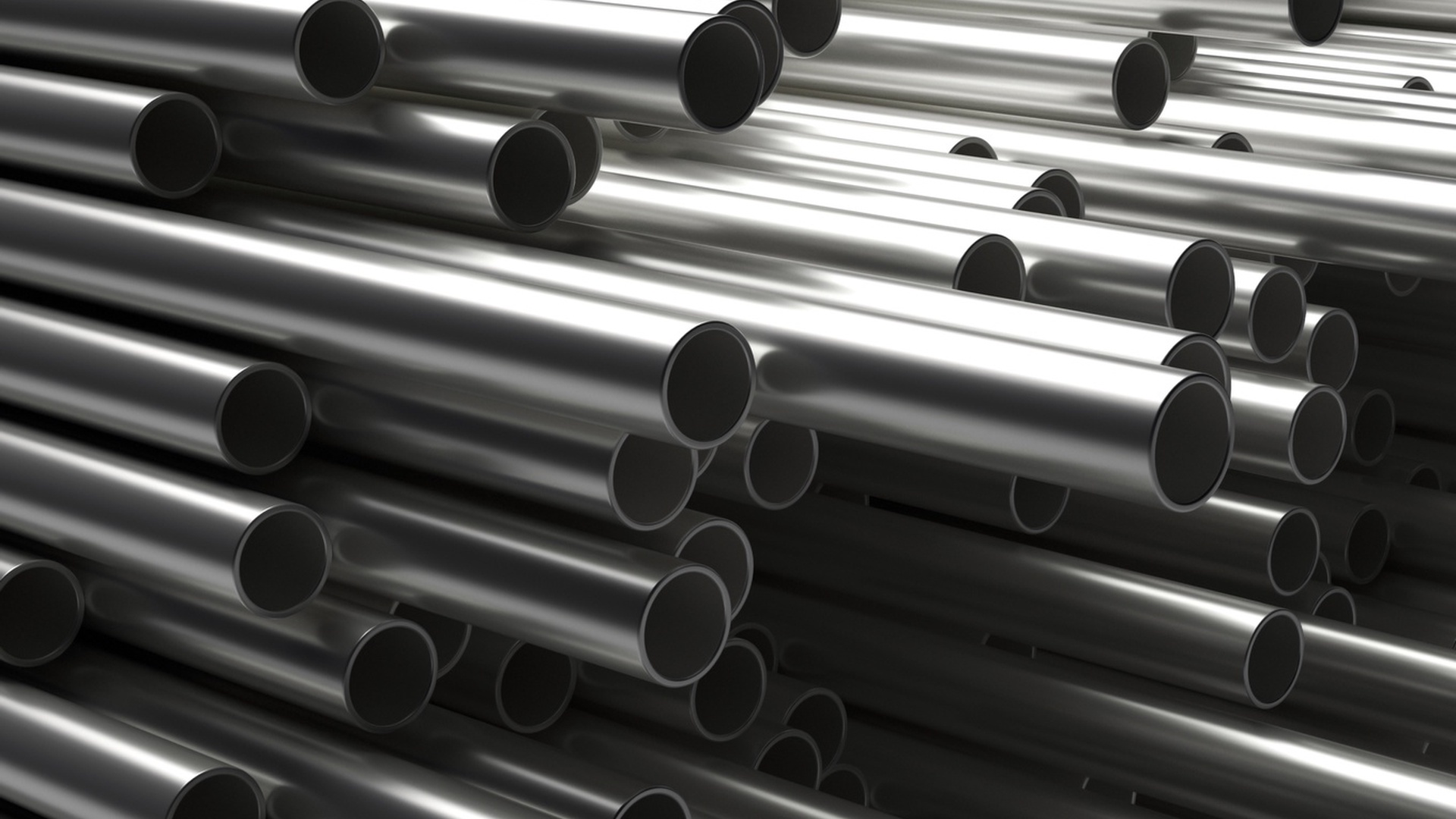

Brazil holds significant potential as a global supplier of rare earth elements (REEs) due to its vast reserves and diverse deposit types. The country ranks second worldwide in measured REE reserves, with deposits distributed across cratonic areas and the marine coast. Despite this potential, the extraction and processing of REEs face technological, environmental, and economic challenges. The growing demand for REEs in green energy and technological advancements presents an opportunity for Brazil to establish itself as a major player in the international REE market.
Placer deposits have historically been an essential source of heavy minerals in Brazil. Minerals such as ilmenite (Ti), rutile (Ti), zircon (Zr), and monazite (REE) have been extracted from beach sands. These marine placer deposits are distributed along the Brazilian coast from Pará to Rio Grande do Sul, mainly formed during the Cenozoic Era. The origin of these minerals is linked to the weathering of continental igneous rocks, which, through erosion, concentrated valuable REEs in sedimentary units such as the Tertiary-age Barreira Group.
During the mid-20th century, Brazil was a leading exporter of monazite, with mining concentrated along the southern Bahia coast. However, environmental and nuclear waste concerns led to the shutdown of REE extraction facilities in 2002. Currently, monazite is no longer commercially exploited. However, marine placer deposits continue to be mined for titanium minerals, such as at the Guaju Mine in Paraíba and the Buena Mine in Rio de Janeiro.
Brazil's potential for rare earth elements (REE) is notable, particularly in both placer and primary deposits found in alkaline carbonatites and granitic formations. Among the most promising REE projects in the country is the CBMM Project, located in the Araxá Alkaline-Carbonatite Complex. This project stands out as Brazil's most advanced REE initiative, producing an impressive 100 tons per month of REE hydroxides and bisulfates. One of its significant advantages lies in its established mining infrastructure for niobium and phosphate minerals, coupled with lower concentrations of radioactive contaminants compared to other REE deposits. The project primarily focuses on yielding light rare earth elements (LREEs).
Another noteworthy site is the Pitinga Deposit, which is situated within granitic formations that are enriched in heavy rare earth elements (HREEs), including europium (Eu), terbium (Tb), dysprosium (Dy), and yttrium (Y). The deposit boasts a substantial amount, containing 2 million tons of 1% Y2O3. Its REEs are primarily extracted as byproducts of tin, tantalum, and niobium mining, which helps minimize overall mining costs.
Lastly, the Serra Verde Project, located in the Serra Dourada Granite of Brazil’s Goiás Tin Province, holds an estimated reserve of 412 million tons at a concentration of 0.16% total REEs. Mining is more straightforward there due to its proximity to the saprolite zone. However, this project is associated with radiogenic elements, particularly thorium, raising some environmental concerns that need to be addressed.
Brazil possesses significant potential for rare earth elements (REEs), but the extraction and beneficiation of these materials present considerable technological and environmental challenges. One major hurdle is the complex processing requirements inherent to various deposit types, which necessitate specialized beneficiation and metallurgical processes, thereby complicating production efforts. Additionally, there are radiological and environmental concerns to address, particularly with certain deposits such as granitic formations that contain notable amounts of thorium. This complicates disposal and management practices.
Moreover, the REE market is relatively small, and its growth hinges on competitive pricing and an increase in demand driven by green technologies. Lastly, there exists a supply gap between light rare earth elements (LREEs) and heavy rare earth elements (HREEs). While the Araxá project in Brazil is primarily focused on LREEs, the global demand for HREEs continues to rise, presenting a challenge that Brazil must navigate to efficiently supply both types of rare earth elements..
Despite these challenges, Brazil’s REE deposits offer a strategic advantage in the global market. The increasing demand for REEs in green technologies, such as electric vehicles and renewable energy, presents a significant opportunity. If Brazil can overcome the technical and environmental hurdles of REE extraction, it could become a leading international supplier.
The most advanced alkaline carbonatite projects, such as Araxá, benefit from existing mining infrastructure and partnerships, such as CBMM’s collaboration with IPT to produce neodymium (Nd) metal. However, the country must also invest in technological advancements to develop granitic deposits, which are rich in critical HREEs.
Ultimately, Brazil’s REE industry will thrive if it successfully establishes efficient extraction methods, maintains environmental sustainability, and meets the growing market demand at competitive prices. By addressing these key factors, Brazil can position itself as a strategic supplier of rare earth elements in the global market.
Takehara, L., Silveira, F. V., & Santos, R. V. (2015). Potentiality of Rare Earth Elements in Brazil. Rare Earths Industry, 57-72. https://doi.org/10.1016/B978-0-12-802328-0.00004-8